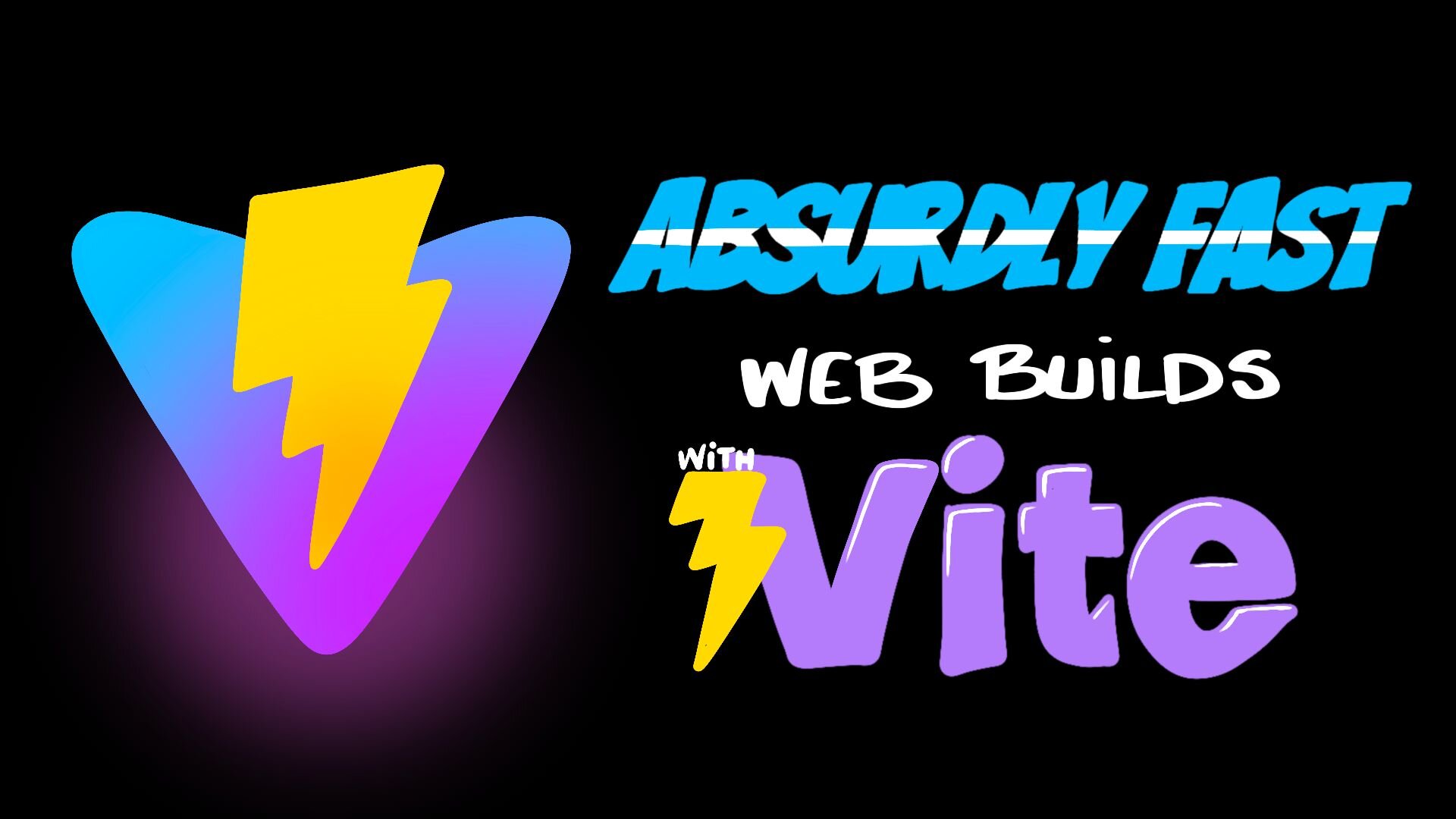Let’s face it: the frontend build process has been slow and complicated for too long. Whether you’re dealing with Webpack, Parcel, or your custom Frankenstein monster setup (we’ve all been there), configuring and bundling a web app can be a drag.
Vite is the new kid on the block, ready to blow your mind with speed and simplicity. And Vite isn’t just important for developers; it’s a game-changer for businesses. Speedy development cycles equals happy devs. Happy devs build better code. That means faster time-to-market and lower costs for your business or clients.
Vite is designed to make the pain of slow builds disappear. It takes advantage of native ES modules in the browser, eliminating the need for bundled code on dev builds. Translation: You get hot module replacement (HMR) so fast that your F5 key will feel neglected. Let’s dive into how you can make your projects Vite-powered and never look back.

Vite is a French word meaning “quick” or “fast.” It’s pronounced “veet” and rhymes with meet.
We all know how painful it is to stare at our screen, watching that progress bar crawl along. It’s enough to make you question your life choices.
Vite offers near-instantaneous cold server start, lightning-fast HMR, and builds that are quicker than you can say “npm install.”
- Lightning-fast dev startup: Traditional tools like Webpack bundle all your code before serving it. Vite uses native ES modules to serve your code, so it starts fast — the browser loads only what it needs.
- Hot Module Replacement: Changes reflect instantly, making your development experience smoother than a jazz saxophone solo.
- Out-of-the-box TypeScript support: Vite handles TypeScript without setting up a complicated build pipeline.
- Optimized builds: When it’s time to ship, Vite uses Rollup to bundle your code efficiently. It splits your code into chunks, so users aren’t downloading stuff they don’t need.
Let’s take Vite for a spin and find out what it can do!
First things first, let’s create a new Vite project. Assuming you have Node.js installed, open up your terminal and run:
npm create vite@latest my-awesome-vite-project -- --template reactThis command creates a new Vite project with React. Feel free to replace “react” with “vue” or “vanilla” if that’s more your jam. Svelte, Preact, Qwik, and others are supported, too!
Now, let’s install our dependencies and fire up that blazing-fast dev server:
cd my-awesome-vite-project
npm install
npm run devBoom! Your dev server is now running faster than a caffeinated squirrel. Open up your browser. Change one of the source files and marvel at the speed!
Vite gives you a pretty bare-bones structure to start with. Here’s a typical setup:
my-awesome-vite-project/
├── public/
│ └── vite.svg
├── src/
│ └── assets/
│ └── react.svg
│ ├── App.css
│ ├── App.jsx
│ ├── index.css
│ └── main.jsx
├── index.html
└── vite.config.jsFeel free to add more folders like styles, utils, or services. Vite won’t judge you.
Open up vite.config.js, and let’s add a few settings:
import { defineConfig } from "vite";
import react from "@vitejs/plugin-react";
export default defineConfig( {
plugins: [ react() ],
server: {
port: 3000,
},
build: {
outDir: "dist",
sourcemap: true,
},
} );This config sets up your dev server port, output directory for builds, and enables source maps. There are lots more ways to configure Vite to meet your needs!
Let’s create a new component to see Vite’s HMR in action. Create a new file src/Hello.jsx:
import { useState } from "react";
export default function Hello() {
const [ name, setName ] = useState( "World" );
return (
<div>
<h1>Hello, {name}!</h1>
<input
type="text"
value={name}
onChange={( e ) => setName( e.target.value )}
placeholder="Enter a name"
/>
</div>
);
}Now, import and use this component in your App.jsx:
import { useState } from "react";
import reactLogo from "./assets/react.svg";
import viteLogo from "../public/vite.svg";
import "./App.css";
import Hello from "./Hello.jsx";
function App() {
const [ count, setCount ] = useState( 0 );
return (
<>
<Hello />
<div>
<a href="https://vitejs.dev" target="_blank">
<img src={viteLogo} className="logo" alt="Vite logo" />
</a>
<a href="https://react.dev" target="_blank">
<img src={reactLogo} className="logo react" alt="React logo" />
</a>
</div>
<h1>Vite + React</h1>
<div className="card">
<button onClick={() => setCount( ( count ) => count + 1 )}>
count is {count}
</button>
<p>
Edit <code>src/App.jsx</code> and save to test HMR
</p>
</div>
<p className="read-the-docs">
Click on the Vite and React logos to learn more
</p>
</>
);
}
export default App;Save these files and watch as Vite updates your app faster than you can say, “Why didn’t I switch to Vite sooner?”
Vite isn’t a one-trick pony. It’s got some cool features:
- Static assets? Got you covered: Vite optimizes your images and other assets automatically.
- Environment variables? Yep: Use
.envfiles to manage different environments easily. - Plugins? Tons of ’em: Need more features? There’s probably a plugin for that.
- CSS pre-processors? Sure thing: Want to use Sass? Just install it and start using it. Vite figures out the rest.
npm install --save-dev sassCreate a file named App.scss in the src folder and add some code, such as:
$awesome-color: #ff69b4;
.card {
color: $awesome-color;
}Update App.jsx to import the new Sass file:
import './App.scss';- Speed matters – Vite’s dev server is so fast you’ll forget you ever had to refresh a page.
- Easy setup – With one simple command, you can spin up a project, ready to go.
- Framework agnostic – Whether you’re into React, Vue, Svelte, Preact, Solid, Qwik, or you prefer the taste of plain vanilla JavaScript, Vite has your back.
- Production ready – Rollup optimization ensures your code is as lean and fast as possible.
Now, go forth and build something awesome! Vite it!

Hi, I’m David! I’ve been a web developer pretty much since the beginning of the “World Wide Web”. My mission is to help folks in technology be more awesome! I also do all my own stunts… I mean… illustrations and graphics. You can learn more about me over on my website ReverentGeek.com.
Builder.io visually edits code, uses your design system, and sends pull requests.
Builder.io visually edits code, uses your design system, and sends pull requests.




 Connect a Repo
Connect a Repo











